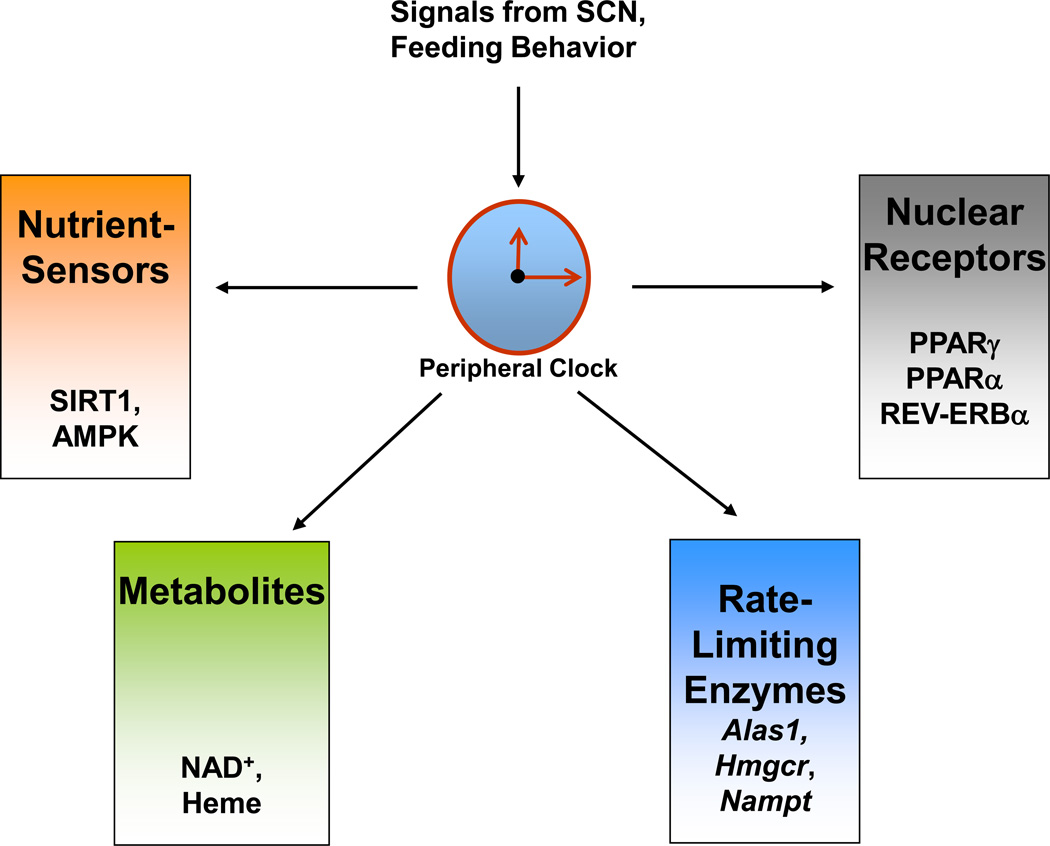Figure 1. Regulation of metabolism by the circadian clock.
Peripheral clocks, such as the one in liver, are regulated by the master clock present in the suprachiasmatic nucleus (SCN). The liver clock can regulate multiple metabolic pathways by various mechanisms. These mechanisms include regulation of rate-limiting steps, control of metabolite levels, interaction with nutrient sensors, and modulation of nuclear receptors.

